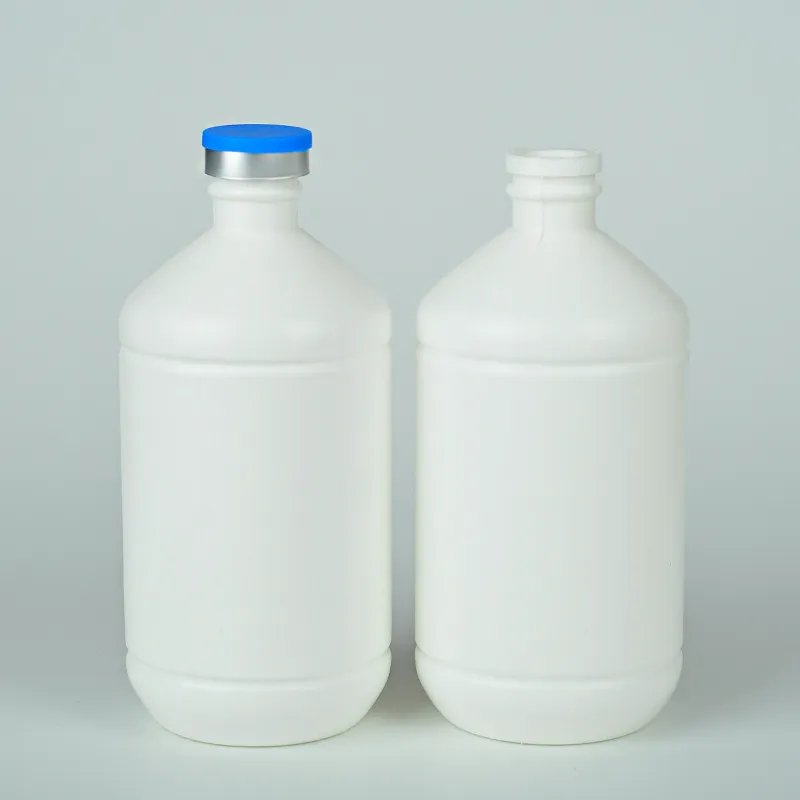clot activator examples
Understanding Clot Activators Examples and Applications
Clot activators play a crucial role in the field of laboratory medicine, particularly in the collection and processing of blood specimens. These substances are designed to facilitate the clotting process, allowing for efficient separation of serum from blood for various diagnostic tests. In this article, we will explore what clot activators are, their mechanism of action, and several examples of their use in clinical practice.
What Are Clot Activators?
Clot activators are agents used to promote clot formation in blood samples. When blood is collected into a tube containing a clot activator, the substance induces the coagulation cascade, leading to the formation of a fibrin clot. This process is essential for separating serum from the cellular components of blood, as the clotting prevents the interference of cells in subsequent analyses.
Clot activators are commonly included in serum separator tubes (SSTs), which are widely used in clinical laboratories. These tubes often contain a gel separator that allows for the easy and effective separation of serum after centrifugation.
Mechanism of Action
The mechanism by which clot activators function involves the activation of clotting factors within the blood. When blood is drawn into a collection tube containing a clot activator, the activator interacts with the blood components to stimulate fibrin formation. This cascade of events typically includes the activation of thrombin, which converts fibrinogen into fibrin strands, forming a solid clot that traps blood cells.
Once the clot is formed, centrifugation of the sample leads to the separation of serum from the clotted cellular material. The result is a clear serum layer that can be easily pipetted for further testing.
Examples of Clot Activators
clot activator examples

1. Silica Particles One of the most common clot activators used in clinical practice is silica. Silica particles can promote the clotting process by activating factor XII, leading to a rapid formation of a fibrin clot. Silica-coated tubes are frequently used for the collection of serum in various tests, including biochemical assays.
2. Thrombin Another potent clot activator is thrombin itself. Some specialized tubes contain thrombin, which can accelerate the clotting process significantly. These tubes are particularly useful in situations where rapid results are needed, such as in emergency medicine or during surgical procedures.
3. Glass Beads Glass beads are often used as clot activators in laboratory settings. They provide a large surface area for blood to come into contact with, thereby enhancing the activation of clotting factors. Glass bead tubes are often employed when a more pronounced clotting response is required.
4. Calcium Salts Certain calcium salts are also used as clot activators. Calcium ions are essential for the coagulation cascade, and their introduction into the blood sample can speed up the clotting process. These tubes are typically used when specific coagulation tests are necessary.
Applications in Clinical Practice
Clot activators have a wide range of applications in clinical practice. In clinical laboratories, they are essential for performing various tests that require serum samples, including hormonal assays, liver function tests, and metabolic panels. The speed and efficiency of clot activators contribute to timely diagnosis and patient care.
In addition to routine testing, clot activators are crucial in research settings where precise measurement of blood components is needed. Understanding the behavior of different clot activators can also have implications for developing new diagnostic tools and therapeutic strategies.
Conclusion
Clot activators are fundamental components in the realm of laboratory medicine, allowing for the efficient separation of serum from blood. Their varied mechanisms and applications make them indispensable in both clinical and research laboratories. As medical science continues to evolve, the role of clot activators will undoubtedly remain significant in improving diagnostic accuracy and patient outcomes. Understanding the different types of clot activators and their specific uses can enhance the efficiency of laboratory operations and ultimately contribute to better healthcare.
-
Aesthetic Makeup Spray Bottles | Fine Mist Empty RefillableNewsAug.19,2025
-
White Plastic Veterinary Vaccine Vials | Lab Liquid BottlesNewsAug.18,2025
-
Plastic Medicine Liquid Bottle: Secure Flip Top Drug VialsNewsAug.17,2025
-
Durable 250ml Blue Plastic Vaccine Vial for Lab & Vet UseNewsAug.16,2025
-
Sterile Virus Sample Tubes: Secure & Reliable Specimen CollectionNewsAug.15,2025
-
White 250ml Plastic Vaccine Vial for Lab & Vet MedicineNewsAug.14,2025
























